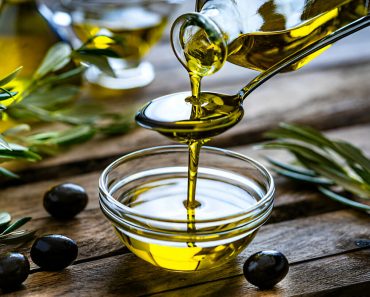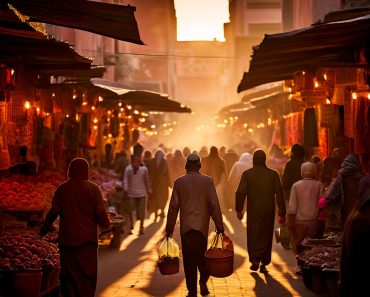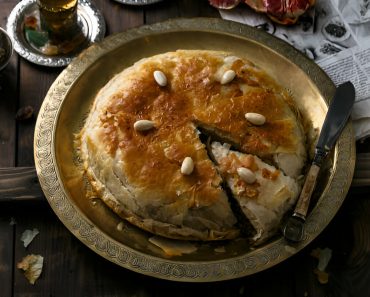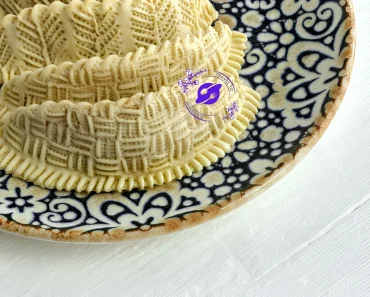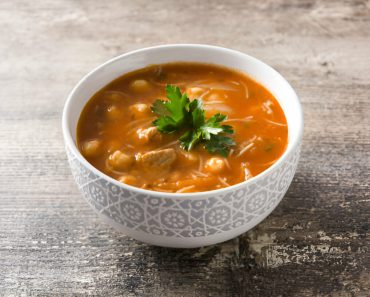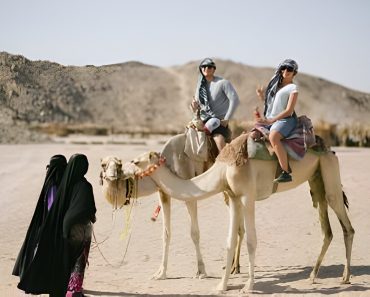Unveiling the Elegance of Moroccan Berber Clothes ( Moroccan Seroual ) : A Journey Through Tradition

Moroccan Seroual
Moroccan Berber clothes ( Moroccan Seroual ) encapsulate a legacy of craftsmanship, cultural identity, and timeless elegance. Among the many iconic garments cherished by the Berber communities, the Moroccan Seroual stands out as a symbol of comfort, functionality, and artistic expression. This article delves into the rich tapestry of Moroccan Berber clothing, with a special focus on the versatile and beloved Moroccan Seroual.
-
The Legacy of Berber Clothing
-
The Berbers, or Amazigh people, have inhabited North Africa for millennia, crafting clothing that reflects their rugged landscapes and vibrant culture.
-
Traditional Berber attire is characterized by its use of natural fibers, intricate embroidery, and distinctive patterns, which vary from region to region.
-
The Moroccan Seroual, a traditional type of trousers, is divided into various styles, each reflecting the unique cultural and geographic influences of different regions in Morocco. In the northern regions, the Seroual is often made from lighter materials, suitable for the Mediterranean climate. These variations might include subtle embroidery, which adds a touch of local artistry.
-
In the Atlas Mountains, the Seroual is adapted to the colder weather, made from thicker, heavier fabrics such as wool. The design focuses on warmth and comfort, often featuring darker colors that align with the mountainous terrain and lifestyle. This style is more utilitarian, designed to withstand the rigors of daily rural life.
-
In the southern and Saharan parts of Morocco, the Seroual is loose and extremely lightweight to accommodate the hot desert climate. The colors are usually lighter, reflecting the sun’s rays rather than absorbing them. This version is often paired with long robes to provide both comfort and protection from the harsh sun and sand.
-
Introducing the Moroccan Seroual

Moroccan Seroual
-
Description: The Moroccan Seroual is a loose-fitting pair of trousers, typically worn by both men and women.
-
Material: Traditionally made from lightweight cotton or wool, offering comfort in Morocco’s diverse climates.
-
Design: Features a low crotch and tapered legs, allowing for ease of movement and airflow.
-
Styles and Variations
The Moroccan Seroual, a traditional pair of trousers, exhibits a variety of types and styles, each encapsulating unique aspects of Morocco’s rich cultural mosaic. Here’s an overview of the main types you might encounter on your cultural exploration or shopping spree.
-
Plain Moroccan Seroual : Simple, solid-colored trousers often worn for everyday activities.
-
Embroidered Moroccan Seroual: Elaborately decorated with intricate embroidery along the seams or cuffs, reserved for special occasions.
-
Patterned Moroccan Seroual : Adorned with geometric or floral patterns, reflecting Berber cultural motifs.
-
Traditional Moroccan Seroual : The classic Seroual is baggy with a drop crotch, designed for ease of movement and comfort. Typically made from cotton or wool, this style is prevalent across Morocco.
-
Seroual Kamis: This style integrates with a long tunic, often worn in formal settings. The fabric matches the tunic for a coordinated look, and the fit is slightly less baggy than the traditional style.
-
Urban Moroccan Seroual : Adapting to modern fashion trends, the urban Seroual is slimmer and made with lighter materials. It’s popular among the younger demographic and suitable for casual urban wear.
-
Festival Moroccan Seroual : Often seen during cultural and religious festivals, this type is highly decorative, featuring vibrant colors and elaborate embroidery. It represents the festive spirit and artistic expression of Moroccan culture.
When choosing a Moroccan Seroual, consider the occasion, your personal style preferences, and comfort. This traditional garment blends functionality with cultural significance, offering a stylish glimpse into Moroccan heritage.
-
Versatility and Functionality
-
Adaptability: The Moroccan Seroual is suitable for a wide range of activities, from working in the fields to attending celebrations.
-
Comfort: Its loose fit and breathable fabric make it ideal for navigating Morocco’s diverse terrain and climates.
-
Practicality: Features like deep pockets and an adjustable waistband add to its functionality and convenience.
-
Cultural Significance
-
Identity: The Moroccan Seroual is an emblem of Berber heritage and cultural pride, worn with reverence for tradition.
-
Social Significance: The style, color, and adornments of the Moroccan Seroual can convey social status, marital status, and regional affiliation.
-
Continuity: Despite modern influences, many Berbers continue to embrace the Seroual as an integral part of their identity and everyday life.
-
Preserving Tradition
-
Artisanal Craftsmanship: Skilled artisans handcraft Seroual using traditional techniques passed down through generations.
-
Cultural Festivals: Events celebrating Berber culture often feature displays of traditional clothing, including the Seroual.
-
Education and Awareness: Efforts to promote the significance of traditional Berber clothing help safeguard this cultural heritage for future generations.
-
Global Influence and Contemporary Trends
-
Fashion Adaptations: Designers worldwide draw inspiration from the Seroual, incorporating its silhouette and motifs into modern fashion.
-
Cultural Exchange: Through travel and tourism, the Seroual has gained recognition and appreciation beyond Morocco’s borders.
-
Sustainable Fashion: The timeless appeal and durability of the Seroual align with the principles of sustainable and ethical fashion.
Hoose the Moroccan Seroual
Selecting the perfect Moroccan Seroual involves more than just picking a piece of clothing; it’s about embracing a piece of Moroccan culture and craftsmanship. Here’s a guide to help you choose the best Seroual that meets both your aesthetic and practical needs.
-
Understand the Fabric Choices: Traditional Serouals are made from either cotton or wool. Choose cotton for warmer weather and wool for cooler climates to maximize comfort.
-
Consider the Fit: Look for a Moroccan Seroual that offers a comfortable fit. The waist should be snug but not tight, with a roomy leg that tapers gently towards the ankle.
-
Examine the Craftsmanship: Check the quality of the tailoring. Well-made Serouals should have even stitches and no fraying fabric, ensuring they last longer and wear better.
-
Choose Your Style: Decide between plain, embroidered, or patterned Serouals based on the occasion. Embroidered and patterned designs are great for events, while plain ones are better for casual wear.
-
Support Authentic Artisans: Whenever possible, purchase your Seroual from local artisans or shops that source directly from them. This supports the local economy and traditional crafts.
